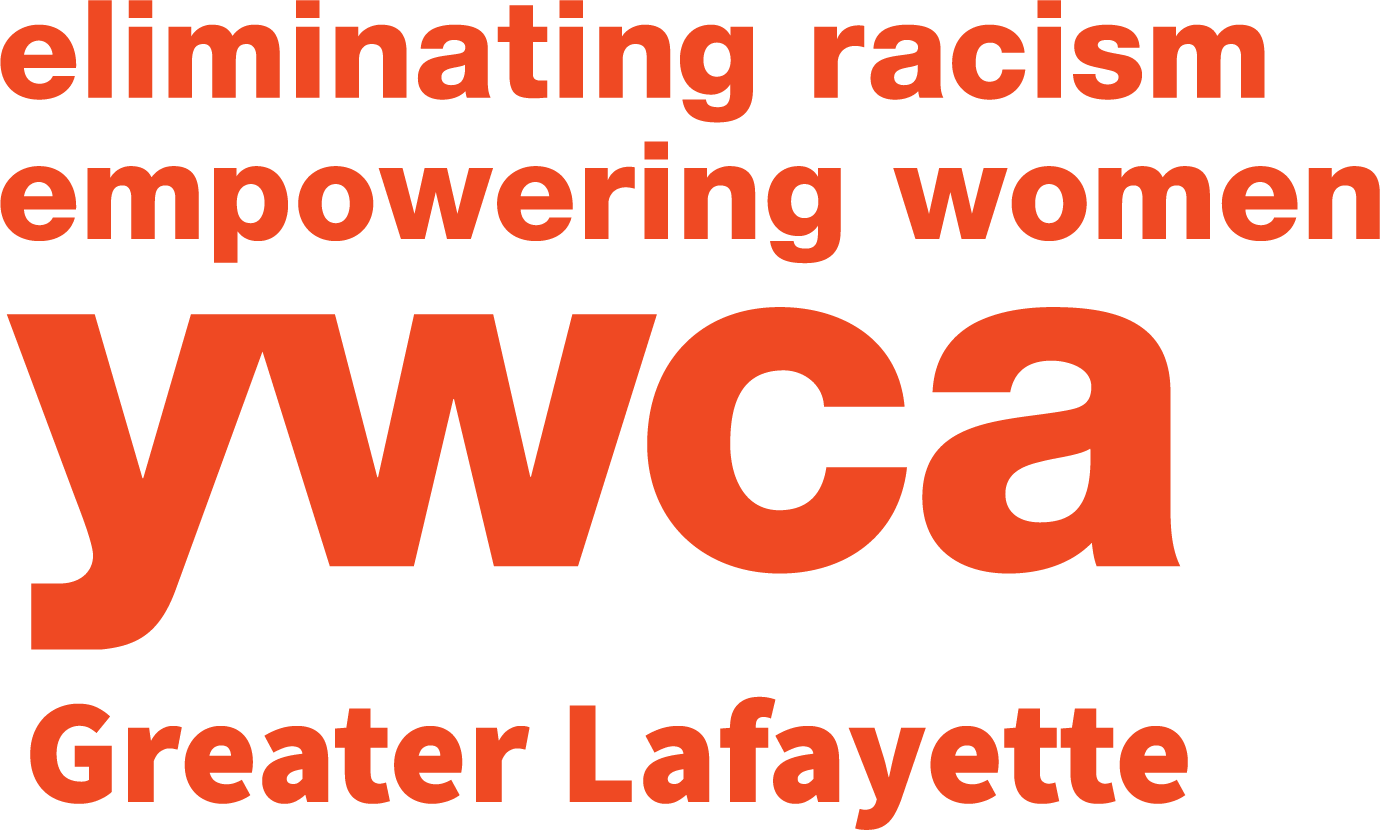Violence Prevention ↘
Through case advocacy, support groups, legal advocacy, and emergency shelter, YWCA Greater Lafayette is on a mission to support and empower survivors of violence. Todos los servicios están disponibles en español.
-

Emergency Shelter/Rape Crisis Center
We offer a 24/7 safe, confidential shelter with continuous case management and rape crisis services.
-

Legal Advocacy
Our legal advocate will help you with civil protective orders and other services.
-

Support Groups and Outreach
Support groups for children, families, and adults, and outreach to break the cycle of abuse.
-

Empowerment Services
Free opportunities to help all people who are seeking to retain living wage employment.
Women’s Wellness ↘
We work every day to eliminate inequities in healthcare when it comes to access to vital early detection screenings. To do this, we promote early screening for breast and cervical cancers among uninsured, underinsured, and minority women. Through our funding partners, we facilitate no-cost services to women across Indiana.
-

Breast Cancer Screening
Early detection is key when it comes to effective treatment.
-

Cervical Cancer Screening
Our clients have access to a variety of preventive care and early detection screenings.
-

WISEWOMAN Program
Reduce the burden of cardiovascular disease by reducing risk factors.
-

Outreach
We educate the community on the importance of early detection for breast and cervical cancers.
Mission Impact ↘
YWCA Greater Lafayette has learning opportunities designed to showcase the values of good citizenship and kindness towards one another not only in communities but also within organizations.
-

Social Justice Knowledge
-

Systemic Racism
-

Bias
-

Intercultural Development Inventory
